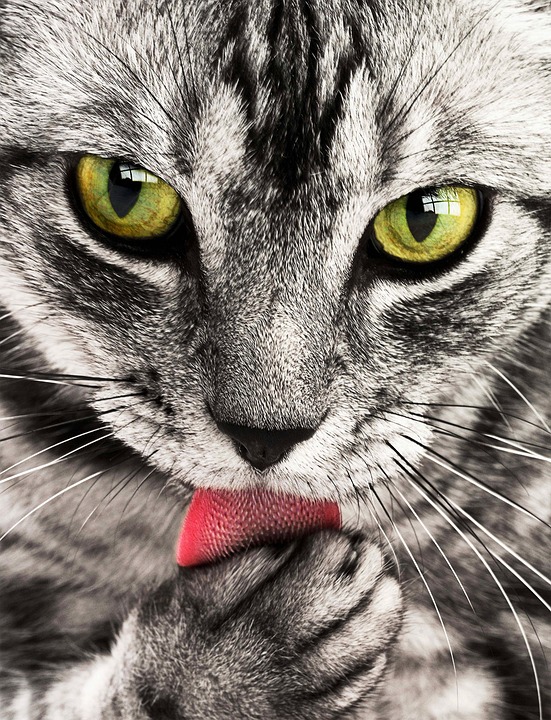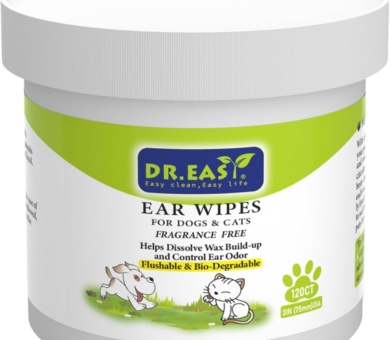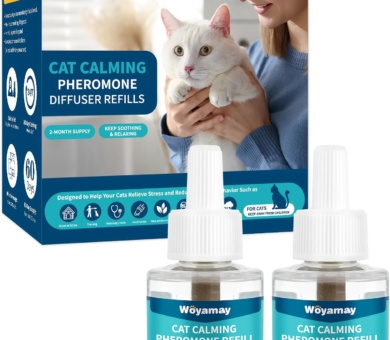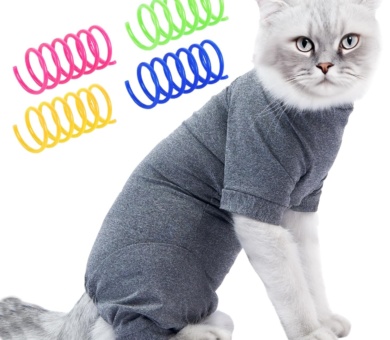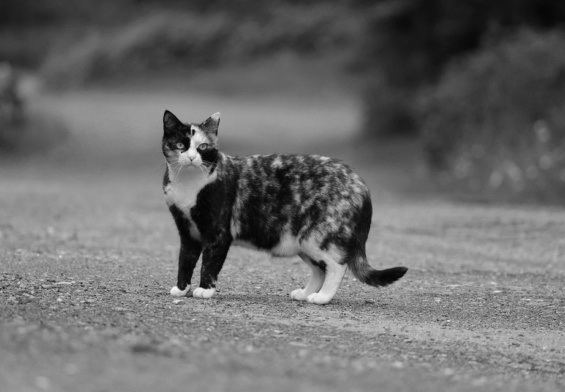CBD for Cats in 2025: Updated Guidelines and Safety Considerations
The evolving landscape of feline wellness embraces CBD with cautious optimism, guided by new research and regulatory clarity.
Introduction
In 2025, cannabidiol (CBD) remains a buzzword in pet care, particularly for cats. Once a niche remedy, CBD has surged in popularity among cat owners seeking natural solutions for anxiety, arthritis, and other conditions. However, its use has sparked debate due to mixed research and regulatory gaps. This article explores the latest guidelines, safety protocols, and ongoing controversies surrounding CBD for cats, reflecting advancements since the early 2020s.
Understanding CBD’s Role in Feline Health
CBD interacts with the endocannabinoid system, which regulates mood, pain, and inflammation. Unlike THC (tetrahydrocannabinol), CBD is non-psychoactive, making it a safer option for pets. Recent studies, including a landmark 2024 trial published in Veterinary Sciences, demonstrated CBD’s efficacy in managing osteoarthritis in cats, reducing pain and improving mobility. However, research also highlights risks, such as potential liver enzyme elevations, underscoring the need for veterinary oversight.
2025 Guidelines: Regulatory and Veterinary Shifts
- FDA and AVMA Stances: By 2025, the FDA has approved the first CBD-based veterinary medication for feline anxiety, setting precedent for standardized dosing. The American Veterinary Medical Association (AVMA) now cautiously endorses CBD under professional guidance, emphasizing evidence-based use.
- Dosing Protocols: Updated guidelines recommend starting with 0.1–0.5 mg/kg of CBD, adjusted by weight and condition. “Start low, go slow” remains a mantra to mitigate side effects like sedation or gastrointestinal upset.
- THC Restrictions: Products must contain <0.1% THC, as even trace amounts can harm cats. The 2023 Farm Bill revision solidified federal legality for hemp-derived CBD, though state regulations vary.
Safety Considerations
- Quality Control: Consumers are urged to choose products with Certificates of Analysis (COAs) from third-party labs, verifying purity and potency.
- Drug Interactions: CBD may interfere with medications metabolized by the liver (e.g., NSAIDs). Regular bloodwork is advised for long-term use.
- Delivery Innovations: Transdermal patches and cat-friendly flavored oils now offer precise dosing, improving compliance and reducing stress.
Controversies and Challenges
Despite progress, skepticism persists. Some veterinarians argue that long-term safety data remain insufficient, citing a 2025 University of California study linking prolonged CBD use to mild hepatotoxicity in senior cats. Others criticize the unregulated market, where mislabeled products still pose risks. The debate underscores the importance of purchasing from reputable brands and avoiding human CBD products, which may contain harmful additives.
Choosing a Safe Product
- Vet Consultation: Always consult a veterinarian before use, especially for cats with pre-existing conditions.
- Full-Spectrum vs. Isolate: Full-spectrum CBD (with non-THC cannabinoids) may enhance efficacy but requires stricter quality checks.
- Transparency: Opt for brands disclosing sourcing (e.g., organic hemp) and manufacturing practices.
Conclusion
CBD’s role in feline care in 2025 balances promise with prudence. While new guidelines and products reflect growing acceptance, responsible use hinges on vet collaboration, rigorous product selection, and ongoing research. As the industry evolves, cat owners are encouraged to stay informed and prioritize safety over trends—a mindful approach to unlocking CBD’s potential without compromising their pet’s health.
The future of CBD for cats is bright but demands vigilance. With science as a guide, this supplement may soon become a staple in holistic veterinary care.



